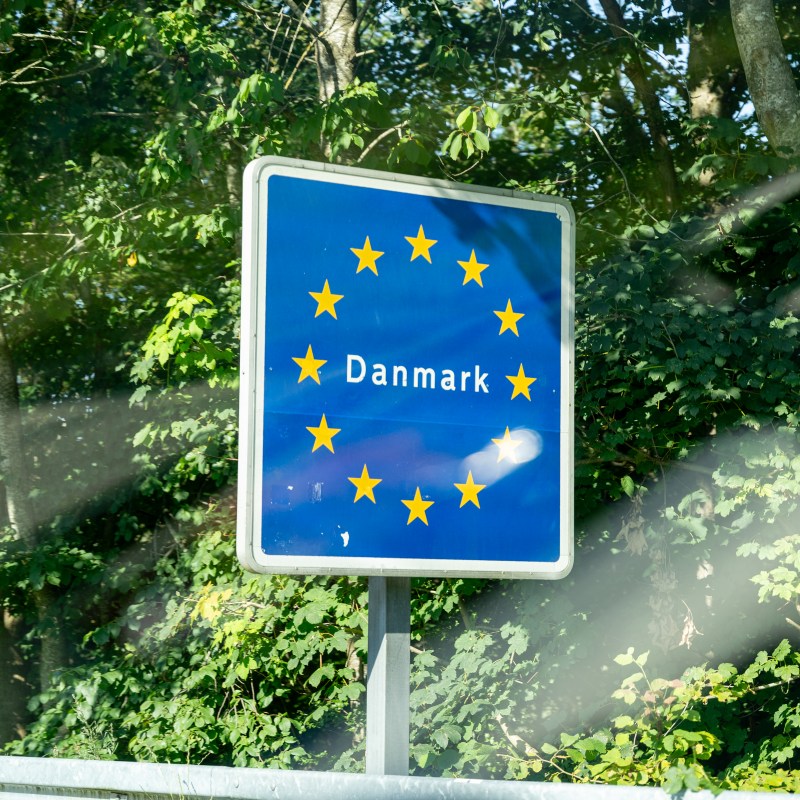
Heading to Europe? You probably have a few questions about the region’s Schengen area.
Videos by TravelAwaits
Though many Americans know that most of Europe is part of the Schengen zone, it’s a layered and confusing topic. Similar to Nordic countries and the British Isles, the intricacies of the Schengen area can get confusing quickly.
Want to learn the basics of the Schengen area? Take a shortcut with me today—just in time for the program’s 40th anniversary. (Happy birthday, Schengen area!)
I’m covering the basics of how Schengen works, along with answering questions like which countries are part of the club and how that might impact your travel plans.
Welcome to the Schengen area
Before I dig into the nitty-gritty, I’m going to lay out why Schengen is a thing. Europe is home to 44 countries. Some are tiny nation-states, like Monaco, Andorra, and the Vatican. Others have highly politicized borders that are still up for legal debate.
Those two factors (amongst many others) created an impetus for Europe to streamline its border-crossing practices and regulations after WWII. In other words, countries wanted their citizens to be able to move across borders with less paperwork and confusion.
The Schengen project was started in 1985 amongst a small coalition of five countries that wanted to streamline border crossing practices. The idea quickly expanded until it was officially ratified and launched in 1990.
Uniquely, that’s three years before the European Union was formally established via the Maastricht Treaty, meaning the Schengen area is older than the European Union.
The goal of Schengen in the 1980s and 90s was to eliminate internal borders in the EU to make it easier for people to get around. That might sound straightforward enough, but I think it’s worth mentioning that a big part of the Schengen push in Europe was to foster unity and peace in a post-WWII, Cold War era.
Today, the Schengen area lets around 450 million Europeans move freely across many parts of the continent.
Which countries are part of the Schengen area?
Not all 44 European countries are part of Schengen. As of 2025, 29 countries are part of the Schengen area. That includes 25 members of the EU, along with four non-EU countries. (More on this below.)
Currently, Cyprus is in the process of joining Schengen, but still has border crossings in place. Ireland also selectively participates in some Schengen practices. In 2024, Romania and Bulgaria joined the Schengen agreement.
These countries are in the Schengen area: Andorra, Austria, Belgium, Bulgaria, Croatia, Cyprus (pending), Czech Republic, Denmark, Estonia, Finland, France, Germany, Greece, Hungary, Iceland, Italy, Latvia, Liechtenstein, Lithuania, Luxembourg, Malta, Monaco, Netherlands, Norway, Poland, Portugal, Romania, San Marino, Slovakia, Slovenia, Spain, Sweden, Swizterland, and the Vatican.
The total number of Schengen countries is 29, but that number is 33 if you count Europe’s four nation-states of Andorra, San Marino, Monaco, and the Vatican. These were automatically added to Schengen during its formation.
Remember: the Schengen area is not the same as the EU
Here’s where things can get a little tricky. The goal of Schengen is to make movement throughout Europe easier by eliminating almost all border controls. However, just because a country is part of Schengen, that doesn’t mean it’s part of the EU.
Four countries that are part of Schengen are not part of the EU. That includes Iceland, Norway, Switzerland, and Liechtenstein.
How long can Americans stay in the Schengen area?
Americans can stay inside the Schengen area for 180 days per year. That range is on a rolling basis, meaning you can’t leave the EU to reset it like with some other regions. In other words, that 180-day range starts one year ago today. If you’ve spent 160 days in Europe since this date last year, you only have twenty days available to you now.
Do Americans need a visa to enter the Schengen area?
Not yet—but it’s coming. The EU has been famously delayed over the last five years in rolling out its new digitized EES or electronic entry system. The EES is set to launch later this year. Once it’s functional, Americans will then be responsible for completing an ETIAS.
The ETIAS is an electronic travel permit, similar to the UK’s ETA and the US’s ESTA. As of September 2025, the ETIAS will cost around $22 and last for three years.
